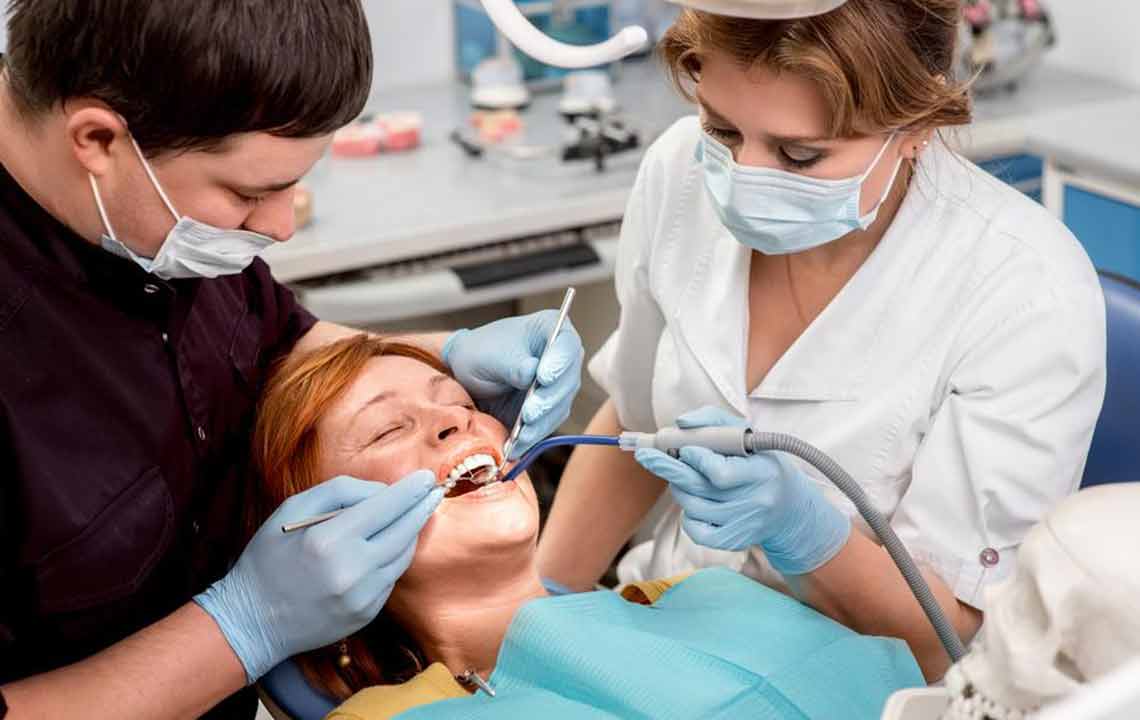Affordable Strategies for Getting Dental Implants
Discover effective and affordable methods to obtain dental implants. From comparing costs and exploring overseas options to utilizing dental school programs and insurance, this guide provides valuable tips for budget-conscious patients seeking permanent tooth replacement solutions. Learn about different implant types, alternatives, and how to make informed decisions without overspending.

Smart Ways to Access Cost-Effective Dental Implants
Dental implants are artificial roots that support crowns or bridges, replacing missing teeth. They are embedded into the jawbone to ensure a stable fit for dentures and other dental restorations.
Reasons to opt for tooth replacement include:
Restoring confidence by regaining a complete smile, reducing fear of judgment or mockery.
Preventing jawbone deterioration caused by missing teeth, which can lead to structural issues.
Implants also help preserve jawbone integrity and maintain facial shape.
Missing teeth can impair chewing ability, leading to poor nutrition and overall health issues. Many avoid certain foods, like raw fruits and vegetables, due to difficulty chewing.
Tooth loss can impact speech clarity, affecting self-esteem and confidence.
Types of Dental Implants:
Single-stage implants
Two-stage implants
Immediate implants
Single-stage implants: The entire procedure—from tooth extraction to crown placement—is completed in one visit, typically within two weeks.
Two-stage implants: Involves initial tooth removal and implant placement, followed by a three-month healing period, then crown fabrication.
Immediate implants: A revolutionary method that places both the implant and crown in a single day, combining advanced surgical techniques.
While dental implants offer a durable solution, their costs can be prohibitive. Here are some affordable ways to access implants:
Comparative Consultation: Seek quotes from multiple dental providers, reviewing costs for procedures such as anesthesia, surgery, grafts, and materials to find the best deal.
Location-Based Savings: Dental costs vary by geography; opting for clinics outside urban centers can lead to significant savings due to lower living costs.
Medical Tourism: Traveling to countries like Mexico, Costa Rica, Hungary, or parts of Asia can reduce expenses. However, research the credentials and reputation of clinics beforehand to ensure quality care.
Dental School Programs: Dental schools often perform implant procedures under supervision at lower prices. While this may require multiple visits and longer appointment times, the procedures are conducted with professional oversight.
Charitable and Dental Societies: Some organizations provide free or discounted implants to eligible low-income, disabled, or vulnerable groups such as women and children.
Financing Options: Dental financing companies offer installment plans, allowing patients to pay over time with interest and fees.
Discount Dental Plans: Membership plans with annual or monthly fees can provide discounts up to 60% on implant procedures.
Alternatives to Implants: Dental bridges and partial dentures are options, though they may not last as long or offer the same stability; bridges typically last around 15 years.
Insurance Coverage: Most dental insurances exclude implants, but some plans may cover related procedures, especially if they restore function or are medically necessary.










